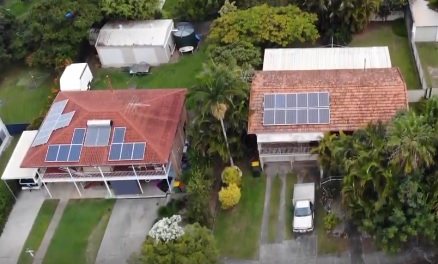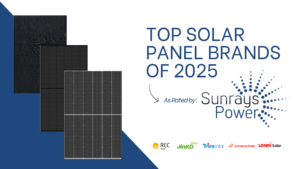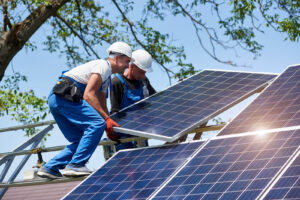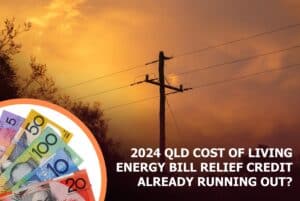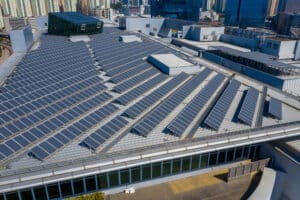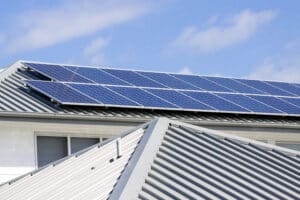Receiving a feed-in tariff by exporting your excess solar energy is one of the biggest incentives for installing solar on your property.
In fact, we receive excited calls from our customers when their first electricity bill arrives! There is just something about the feeling when you see your electricity bills have decreased.
But, be warned.
Just because you have decided to install solar does not mean you will automatically receive the feed-in tariff. Due to the complex nature of our electricity laws, and Australia’s grid design/capacity, we still need to jump over several hurdles to achieve the end goal of receiving that feed-in tariff.
The first step to receiving a solar feed-in tariff is to have approval to export your excess energy to the grid.
To do so, you must have solar pre-approval.
This first step is the easiest one.
Some electricity distributors may not even need a preapproval if you are installing a ‘standard capacity system’ or lower. However, most of our clients will need to apply for Pre-approval. During one of our initial consultations, our sales representative will go through the solar pre-approval application with you – This may take a few minutes to apply for and could take up to 24 hours to a week to receive a reply from your energy distributor. The wait time will depend on the complexity of your residential system, as well as your specific electricity distributor. Commercial system pre-approval timeframes can take up to a month or longer to finalise if the systems are extremely large and complex.
Please note, some distributors may charge preapproval application fees.
The solar pre-approval application will consider your proposed inverter capacity in kW, the local transformer’s capacity to take on more energy, as well as the distance between the proposed solar installation site and the transformer (significant distance may cause fluctuations outside the statutory range and may not allow for export).
Once you have received the pre-approval, you have a limited amount of days to install your system to maintain the connection pre-approval. If your system is not installed within those number of days, you will have to re-apply for the pre-approval.
If you are not approved for export, you might not be able to receive a tariff at all, even if your electricity retailer offers it. It is extremely important to wait and check to see if you are eligible to receive any tariff before you make any installation decisions!
If youreceive a partial or ‘zero export approval, it does not mean that you can’t install a solar system, or even derive benefits from installing solar! It just means that you might need to use different tactics and change your power consumption patterns more than someone who would receive full export.
Please weigh up the advantages and disadvantages of receiving or not receiving a full export as this may determine your payback period, as well as the benefits that you derive from owning a solar system. Simply, if you receive a partial or zero export permission, you will need to maximise your power consumption during daytime.
There is one more step you must complete before you can receive a solar feed-in tariff, and that is to reconfigure your meter for solar. This step can only be done after you have installed your solar and could cost you.
The price that you will need to pay will depend on your energy retailer, state/territory laws, phase and meter.
To find out more about meter reconfiguration for solar, you may be interested to read this [Why DoI Need to Reconfigure My Meter for Solar?]
If you wanted to find out more on how you could save money without full export permission you might be interested to read this blog post that we wrote [How to Save Money Through Solar], or [Daylight vs Sunlight Hours].
If you want to know more about what it means to have your approval for export rejected, you may want to read [All About the Solar Export Limiting Device].

